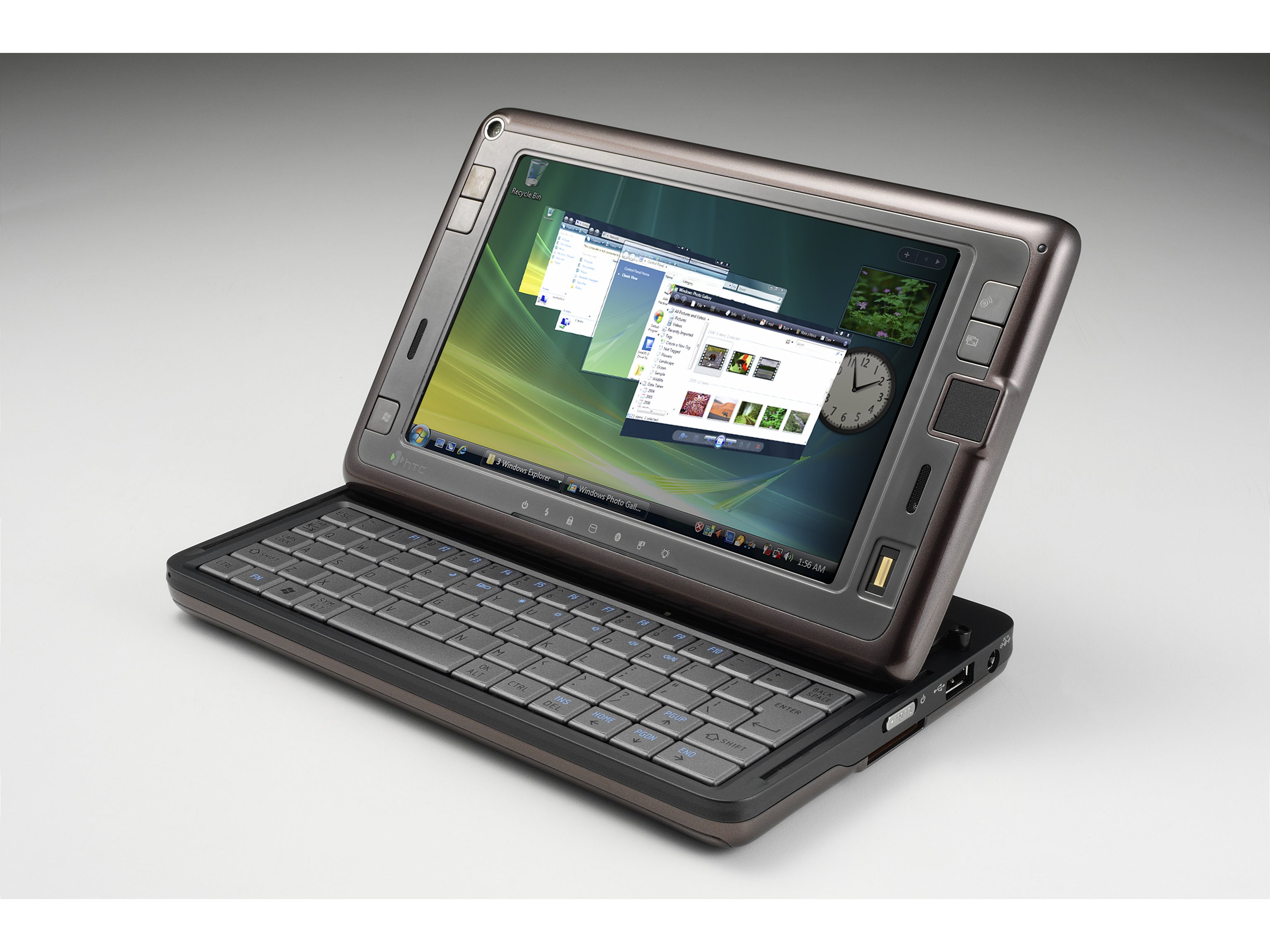IDF: Intel sees billions of pocket x86 PCs

Day two at the IDF has been a smorgasbord of mobile technology. This time round, Intel has predicted a billion-strong market for pocket internet devices powered by its technology.
The key new technologies Intel discussed were Silverthorne, an ultra low-power 45nm CPU; and a supporting motherboard chipset, codenamed Poulsbo. Together they form the Menlow ultra-mobile platform. Intel says Menlow will go for launch in mid 2008.
x86 computing in your pocket
More significantly, Intel reckons that Menlow will allow desktop x86 computing to be crammed into truly pocket-sized mobile internet devices (MIDs for short), for the first time. Fully-featured internet browsing will be the new type of device's killer feature.
If Intel has done its sums right, Menlow will kick-start a new market in mobile internet devices. Just as the introduction of Wi-Fi transformed laptops from business tools into mainstream, must-have computing companions, Intel says that Menlow marks the beginning of an explosive new billion-strong segment for mobile internet gadgets.
In truth, Intel did not divulge much new information regarding the Menlow platform, having already announced its key technologies at the previous Beijing instalment of IDF.
ULV mobile processing
However, Intel did demonstrate Silverthorne delivering on Intel's promise to cut power consumption by a factor of ten compared with its second-generation ULV Pentium M processor circa 2005, known as Dothan.
The current ULV Dothan is rated at 5.5 watts. Intel successfully showed off a Silverthorne version barely sucking up 0.5 watts during a heavy work load. That's impressive stuff, if not quite parsimonious enough to be used in truly tiny devices like smartphones.
Sign up for breaking news, reviews, opinion, top tech deals, and more.
For that, we'll have to wait for the follow up to Menlow, known as Moorestown and due in late 2009 or early 2010. Moorestown will deliver even lower power consumption, in part through greater feature integration. With both graphics and memory controller on-die, it flirts with system-on-a-chip status.
Still, Moorestown should be worth the wait. Existing MIDs typically offer a cut-down, semi functional and downright irritating browsing experience. Half-arsed Flash and Java support are par for the course. That's thanks to both the limited power of the ARM-based processor they are typically powered by and their lack of native x86 support.
The iPhone inspires
Apple's iPhone may raise the bar in that respect. But even its so-called full-feature Safari browser can't cope with high bandwidth Flash video or pages packed with complex Java script.
However, if Intel can deliver Moorestown on time, an x86-powered second or perhaps third-generation Apple iPhone might just be on the cards. Imagine an iPhone powered by a full-function version of OSX and you'll get the idea.
In the meantime, Menlow technology will enable the launch of UMPCs and MIDs with improved processing power and massively enhanced battery life starting in early 2008.
Watch an Intel demo of a Silverthorne-powered MID here.
Technology and cars. Increasingly the twain shall meet. Which is handy, because Jeremy (Twitter) is addicted to both. Long-time tech journalist, former editor of iCar magazine and incumbent car guru for T3 magazine, Jeremy reckons in-car technology is about to go thermonuclear. No, not exploding cars. That would be silly. And dangerous. But rather an explosive period of unprecedented innovation. Enjoy the ride.